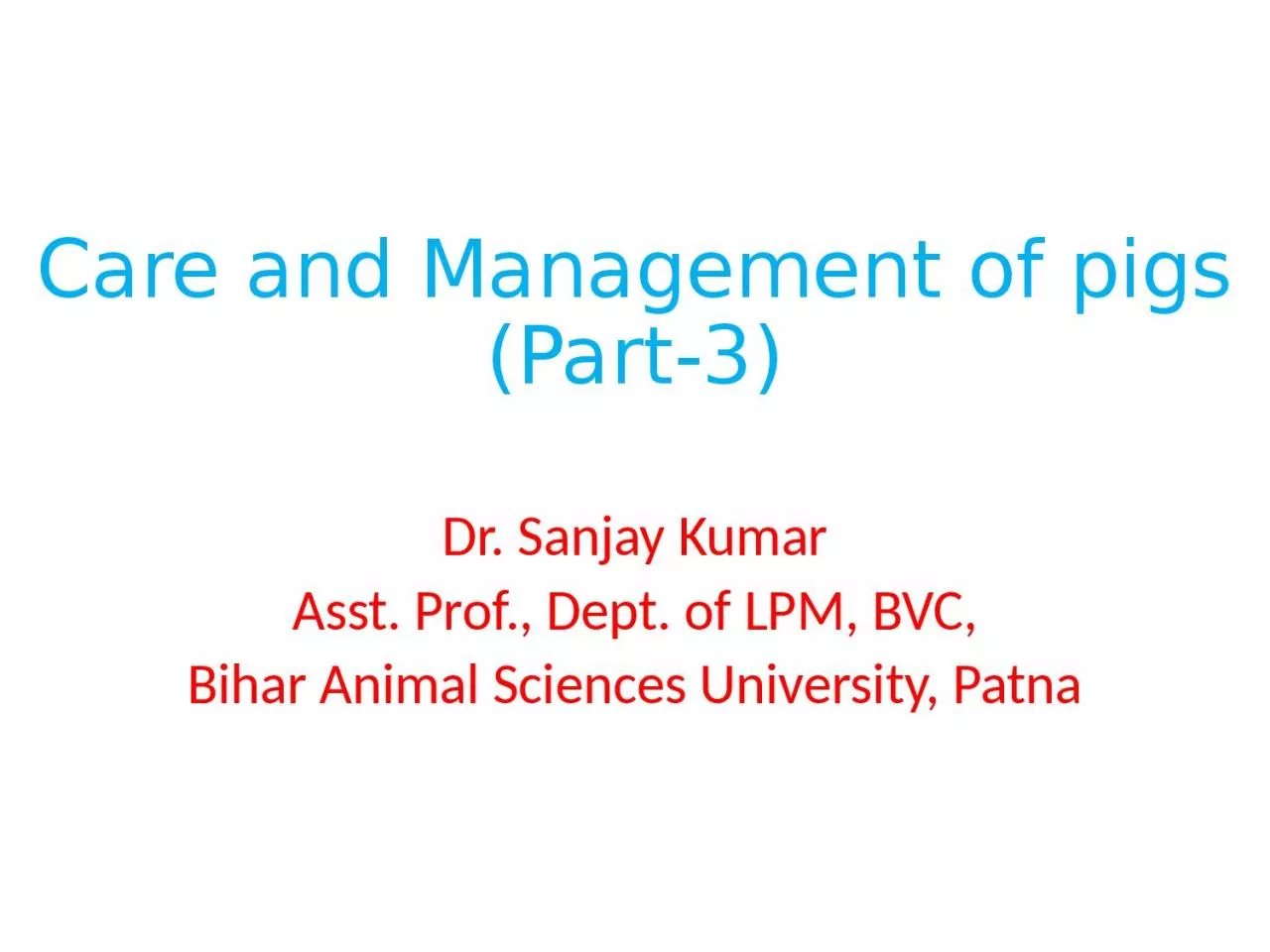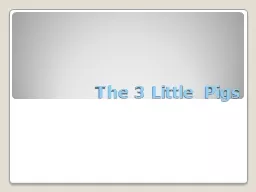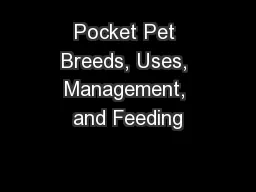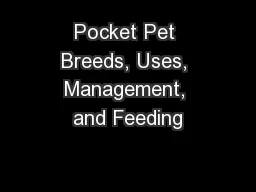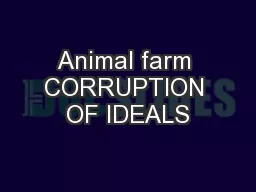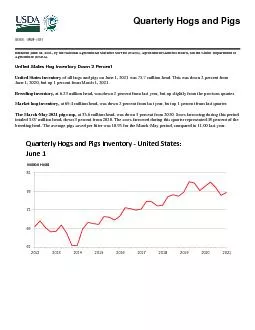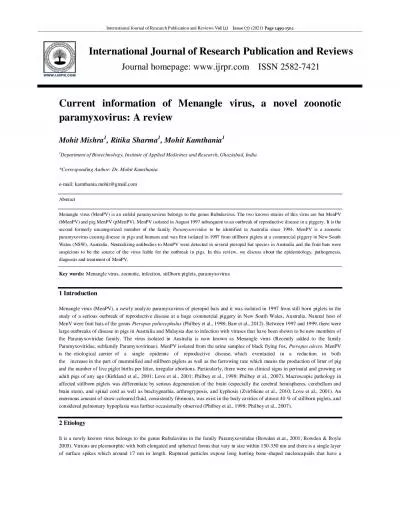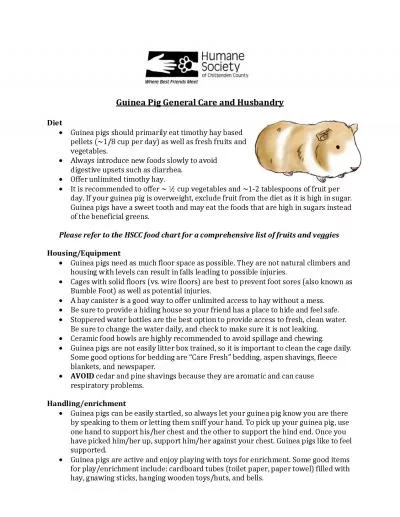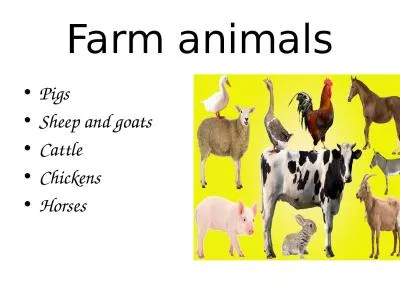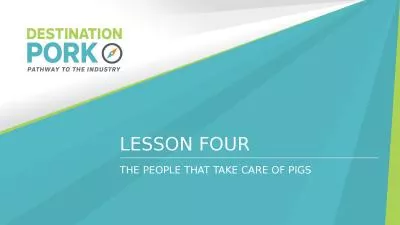PPT-Care and Management of pigs
Author : trinity | Published Date : 2022-06-28
Part3 Dr Sanjay Kumar Asst Prof Dept of LPM BVC Bihar Animal Sciences University Patna Care and management of pregnant sows The gestation period of sow is an average
Presentation Embed Code
Download Presentation
Download Presentation The PPT/PDF document "Care and Management of pigs" is the property of its rightful owner. Permission is granted to download and print the materials on this website for personal, non-commercial use only, and to display it on your personal computer provided you do not modify the materials and that you retain all copyright notices contained in the materials. By downloading content from our website, you accept the terms of this agreement.
Care and Management of pigs: Transcript
Download Rules Of Document
"Care and Management of pigs"The content belongs to its owner. You may download and print it for personal use, without modification, and keep all copyright notices. By downloading, you agree to these terms.
Related Documents

